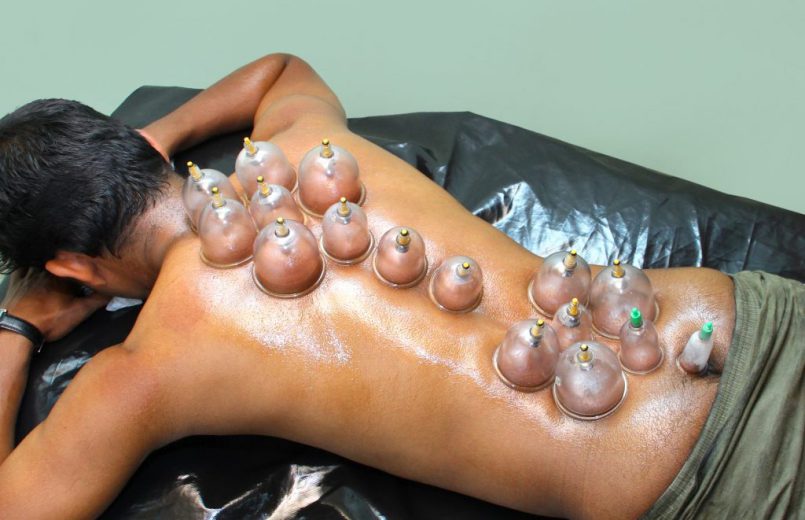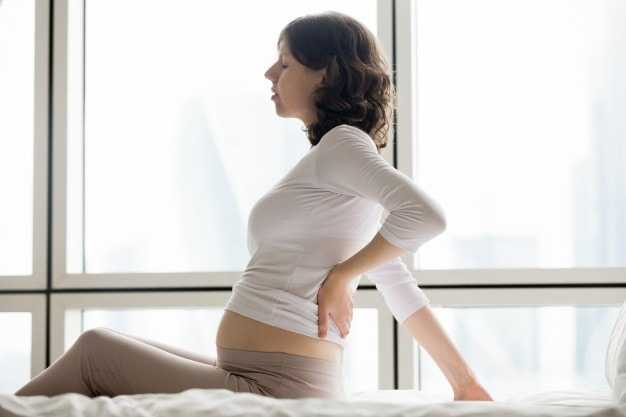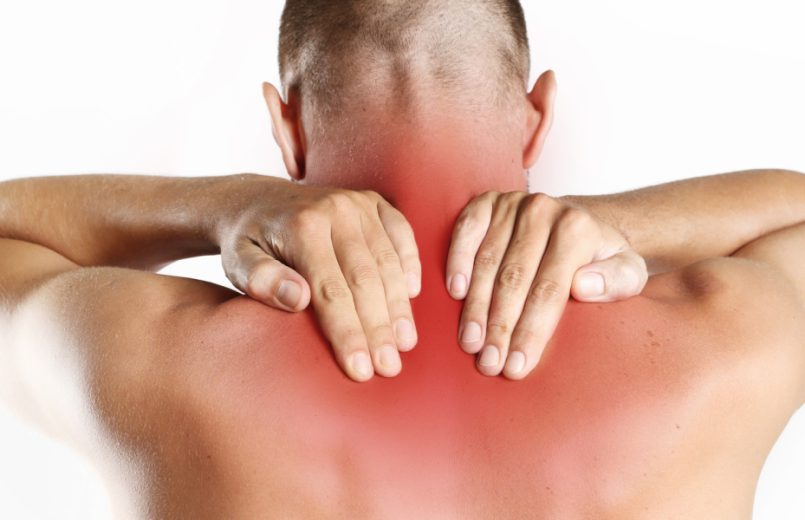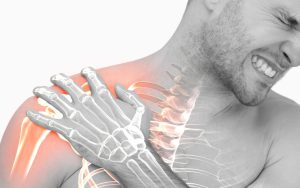Cupping (Hijama Therapy) is an ancient medical method that has been used for many diseases and is currently used as part of alternative medicine.
Cupping is based on suction by using cups on the positions of pain either using the joints of the output of the rotten blood and so-called wet cupping or without the parchment and so-called Cupping dry.
Benefits of cupping
- Activate blood circulation and smooth the arteries and veins.
- Activate hair regrowth.
- Enclose power paths.
- Strengthen the body’s immune system.
- Activation of the organs of the brain, movement, speech, hearing, perception, and memory.
- Absorption of toxins and the effects of drugs from the body.
- Treatment of blood pressure.
- Treat headaches of all kinds.
- Treatment of depression and stress.
- Treatment of diabetes, obesity, and thinness.
- Energizing different body organs.
Conditions of cupping
There is a difference in many practices before cupping, and depending on the reason for which cupping was conducted and based on scientific grounds, cupping was divided into the following:
Cupping therapy
- It is not required that the complainant is fasting but it is advisable to refrain from eating for two to three hours before cupping.
- Good at any time of the day.
Cupping preventive
- Be a buffoon fasting.
- Preferably in the morning to increase the proportion of natural cortisone in the body in the morning.
- It is preferable not to do ghusl before cupping.
- It is not recommended to perform cupping on a very cold night.
During the Cupping Process:
- The protagonist must be calm and relaxed.
- It is preferable to eat any juice or sugar drink at the end of cupping.
- The assailant should inform the person who is performing the cupping in case of nausea or dizziness.
Places of Cupping:
There are of course scientific foundations to determine the location of cupping appropriate depending on the circumstances of each case and place of pain, including:
- Work on power lines in the body.
- Work on nerve positions for reactions.
- Works on the lymph nodes.
- Benefits of cupping for women:
- Balance the work of hormones in the body.
- Strengthens your immune system.
- Described for sciatica and gout.
- Treats rheumatism and neck and shoulder pain.
Benefits of cupping for men:
- Increase hair density and strengthen follicles.
- Eliminate muscle tension by stimulating lactin.
- Cupping is an effective treatment for smokers; it detoxifies the body.
- Cupping has a great effect on the sexual ability of the man as it activates blood circulation.




